The U.S. Food and Drug Administration (FDA) may ban the artificial red food coloring found in drinks, snacks, cereals, and candy, according to NBC News.
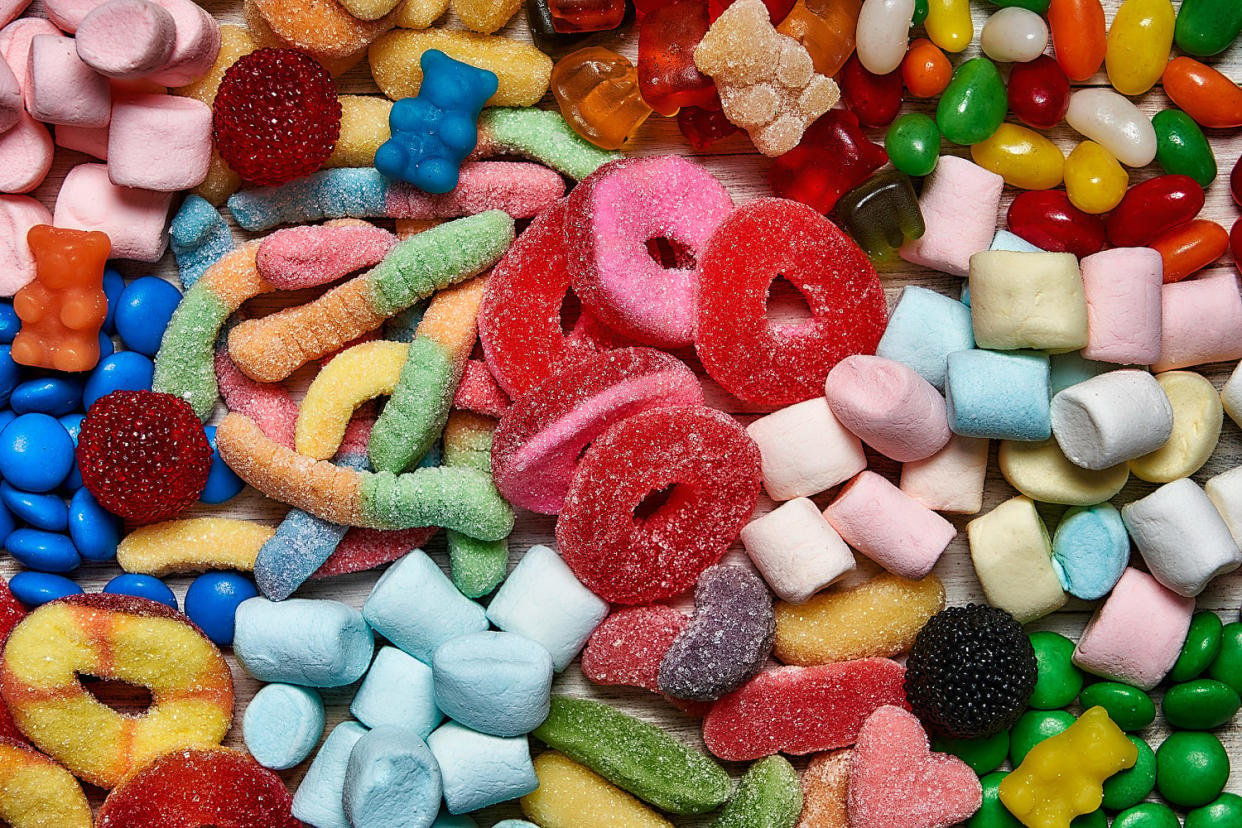
Some dyes allowed for use in food in the United States have been banned or require warning labels in other countries - Photo: NBC News
At a recent meeting of the Senate Health, Education, Labor and Pensions Committee, Jim Jones, the FDA's deputy commissioner for food, said it has been more than a decade since the safety of the synthetic color Red No. 40 was re-evaluated.
"With Red 3, we currently have a petition to revoke the authorization for use of this substance, and hopefully in the next few weeks we will act on that petition," he said.
FDA bans colorants that affect health
Rep. Frank Pallone Jr., ranking member of the House Energy and Commerce Committee from New Jersey, also called on the FDA to ban Red No. 3, a petroleum-based substance that gives foods and drinks an eye-catching bright red color.
“As the holiday season gets underway and sweet treats abound, it is frightening that this chemical is still lurking in the foods we and our children consume,” Pallone wrote in a letter to the agency.
Robert F. Kennedy Jr., President-elect Donald Trump's nominee for health secretary, has said food coloring causes cancer, but has not said what, if any, he would do if confirmed to a cabinet position regarding artificial food coloring in the United States.
“Some departments like the nutrition department within the FDA have to be eliminated, because they’re not doing their job, they’re not protecting our kids,” Kennedy told NBC News in November. The FDA currently regulates more than three-quarters of the U.S. food supply.
All colorants must be approved by the FDA before they can be used in foods sold in the United States. There are currently 36 colorants approved by the FDA, of which nine are synthetic dyes, including two reds that are currently under scrutiny.
Some of the same dyes used in food are also used in pharmaceuticals, but they are approved separately for each use.
In 1990, the FDA banned Red No. 3, also known as erythrosine, from cosmetics and topical medications under the Delaney provision, because the chemical was shown to cause cancer at high doses in tests on rats.
Many dyes have been banned or have warning labels.
Some dyes approved for use in foods in the United States have been banned or require warning labels in other countries.
The European Union requires warning labels on products containing three artificial colorants approved in the United States: Yellow No. 5, also known as tartrazine; Red No. 40, also known as E129 or Allura Red AC; and Yellow No. 6, also known as sunset yellow or E110. The warning label is required to state that the additive "may have adverse effects on activity and attention in children."
“There’s a principle called the precautionary principle, which means it’s better to be safe than sorry,” said Jerold Mande, a professor of nutrition at the Harvard TH Chan School of Public Health and a senior adviser and former undersecretary for food safety at the US Department of Agriculture.
Other countries are reluctant to take the risk, even if the data on potential harm is inconclusive, he said.
“These food colorings have only one function in food, which is to make it look good so we want to buy it. It’s a marketing tool,” said Thomas Galligan, principal scientist for food additives and dietary supplements at the Center for Science in the Public Interest.
Some experts and consumer advocacy groups say there is enough evidence that some dyes can be harmful, especially to children, to recommend a ban. However, the FDA maintains that the artificial food colors it has approved are safe when used as recommended by the agency.
“The most worrying thing is that we do so little research to understand the harm,” said Mande, referring to studies funded by the US government.
Source: https://tuoitre.vn/fda-cam-chat-tao-mau-thuc-pham-do-nhan-tao-20241209131955552.htm


![[Photo] "Beauties" participate in the parade rehearsal at Bien Hoa airport](https://vstatic.vietnam.vn/vietnam/resource/IMAGE/2025/4/11/155502af3384431e918de0e2e585d13a)


![[Photo] Looking back at the impressive moments of the Vietnamese rescue team in Myanmar](https://vstatic.vietnam.vn/vietnam/resource/IMAGE/2025/4/11/5623ca902a934e19b604c718265249d0)





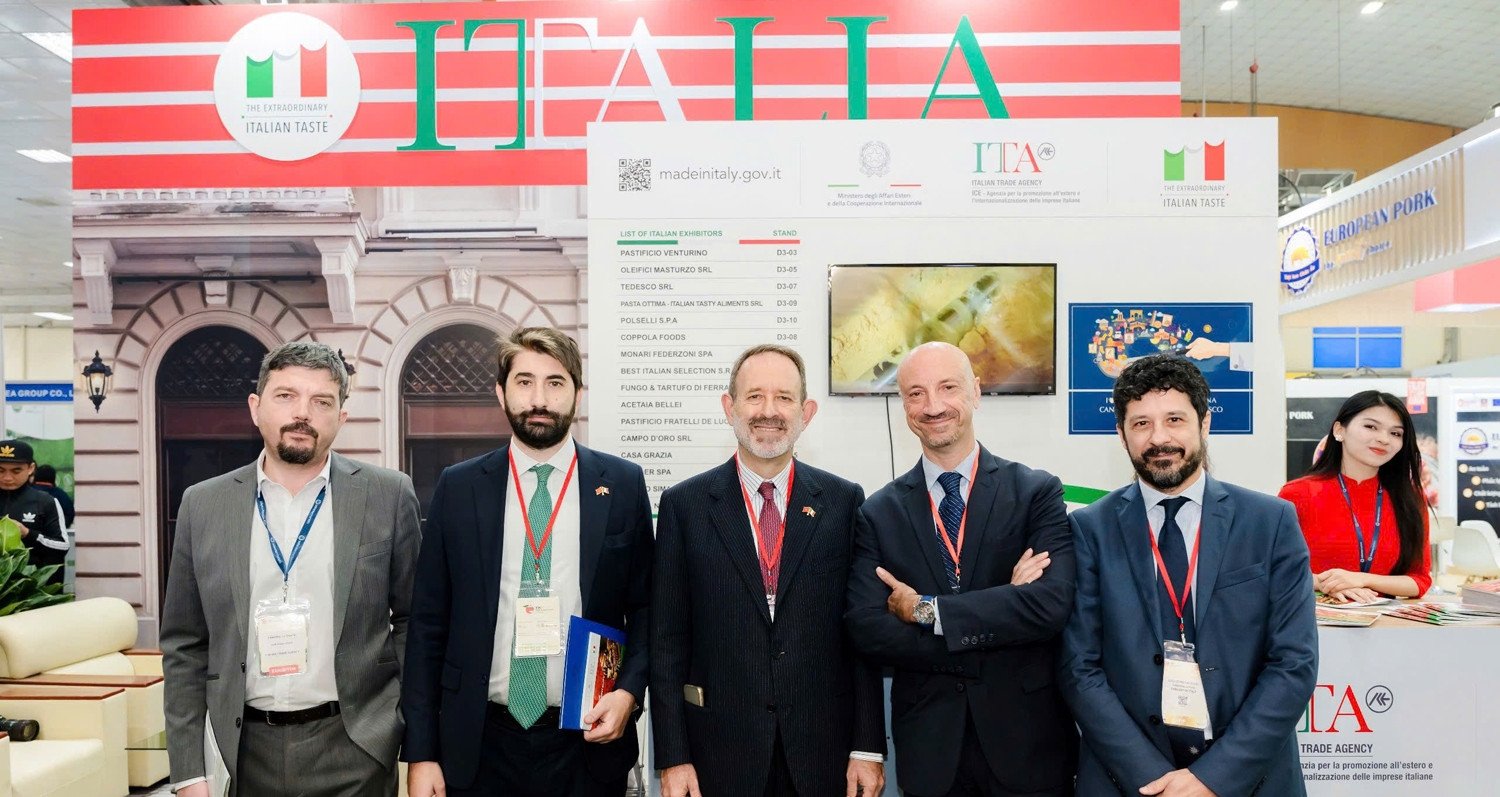

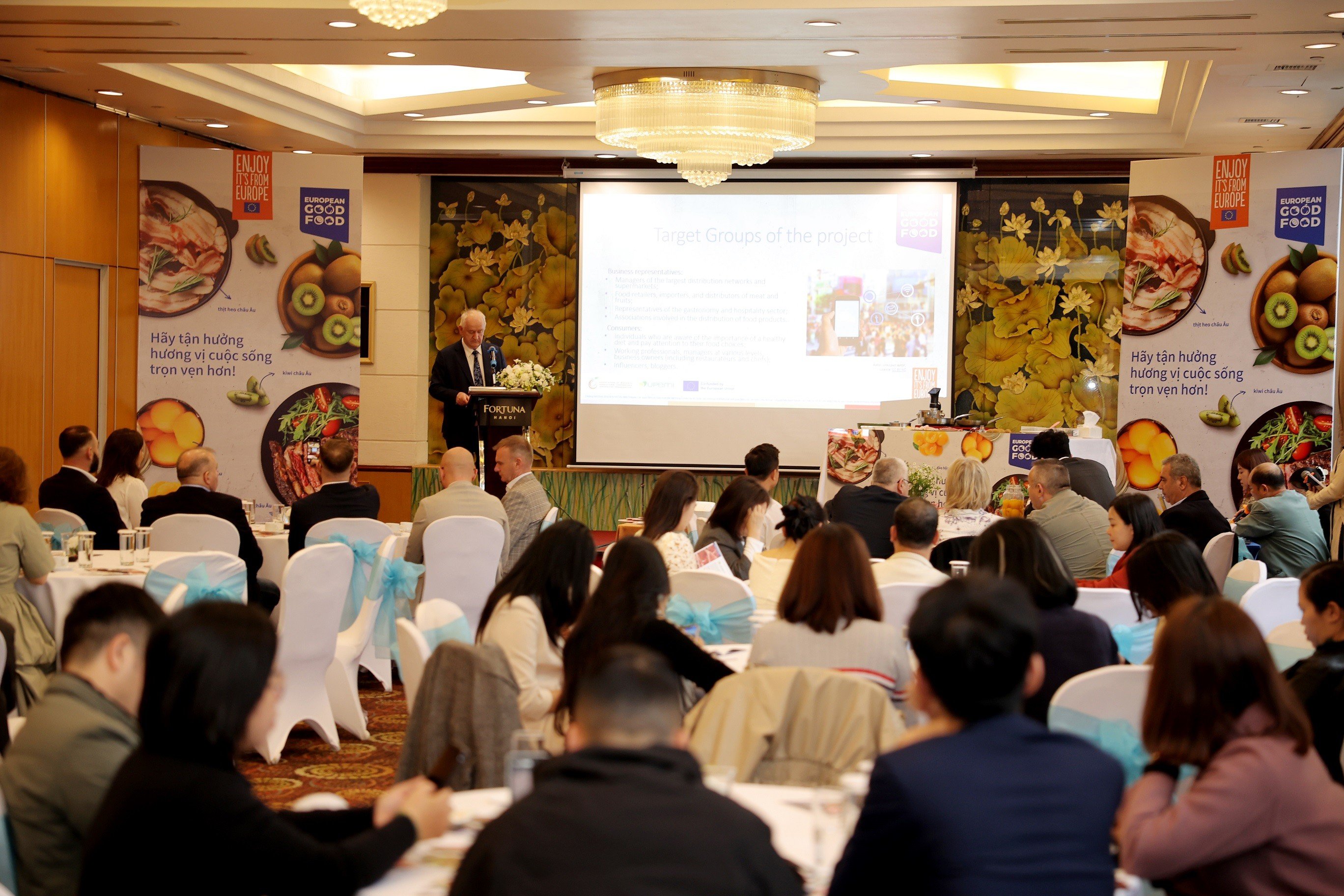








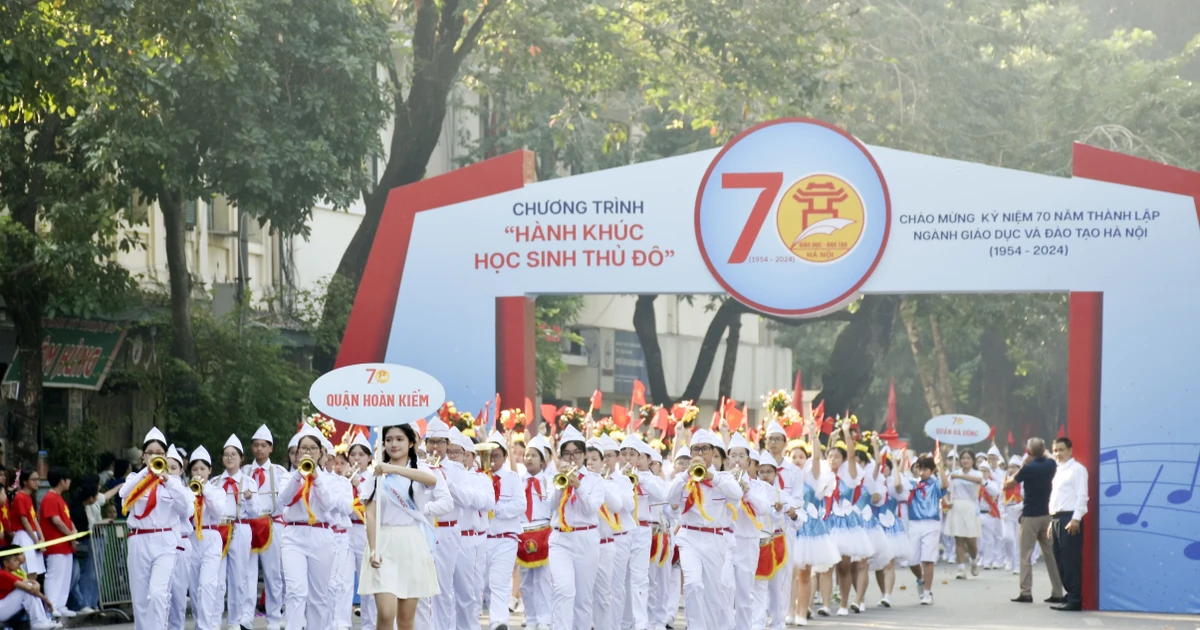



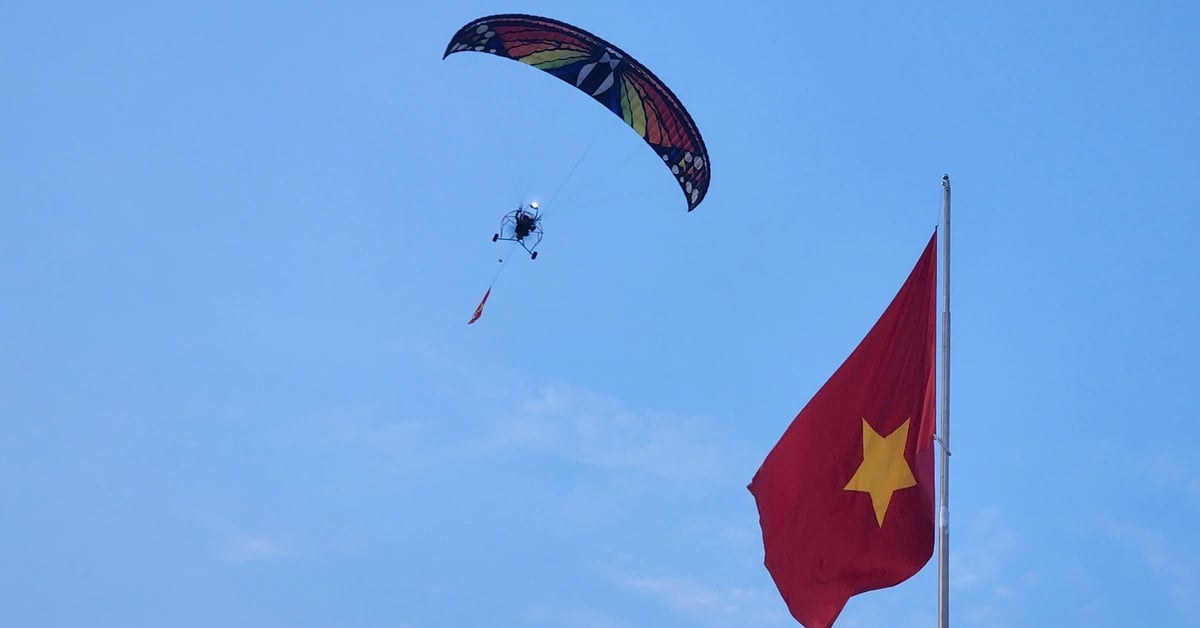





![[Photo] Summary of parade practice in preparation for the April 30th celebration](https://vstatic.vietnam.vn/vietnam/resource/IMAGE/2025/4/11/78cfee0f2cc045b387ff1a4362b5950f)









































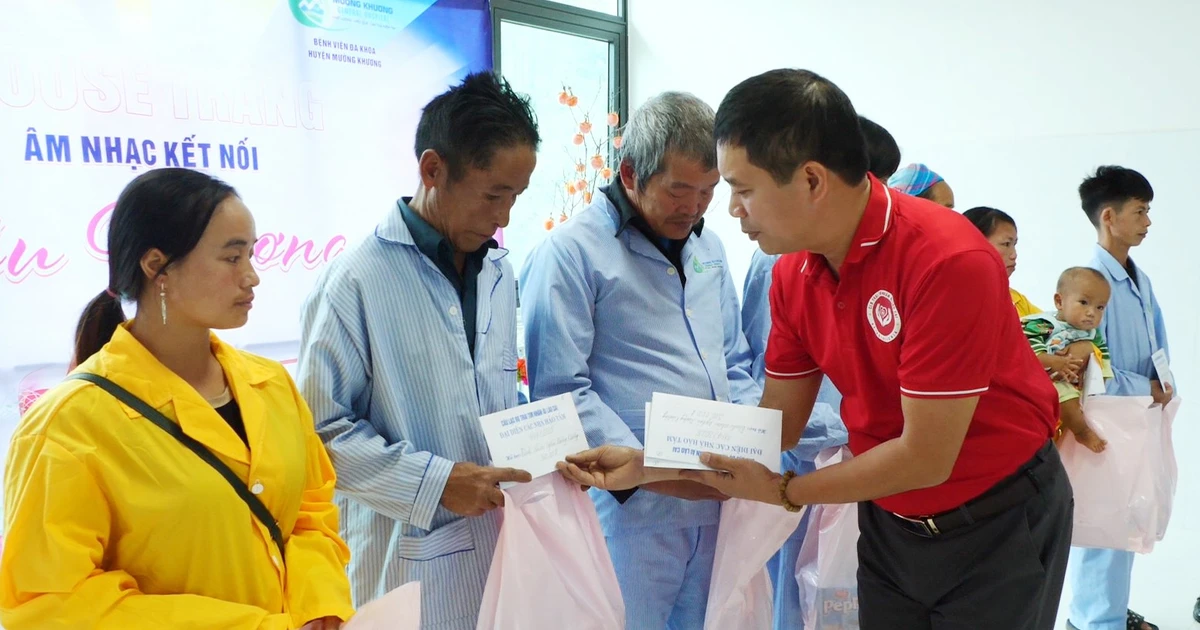



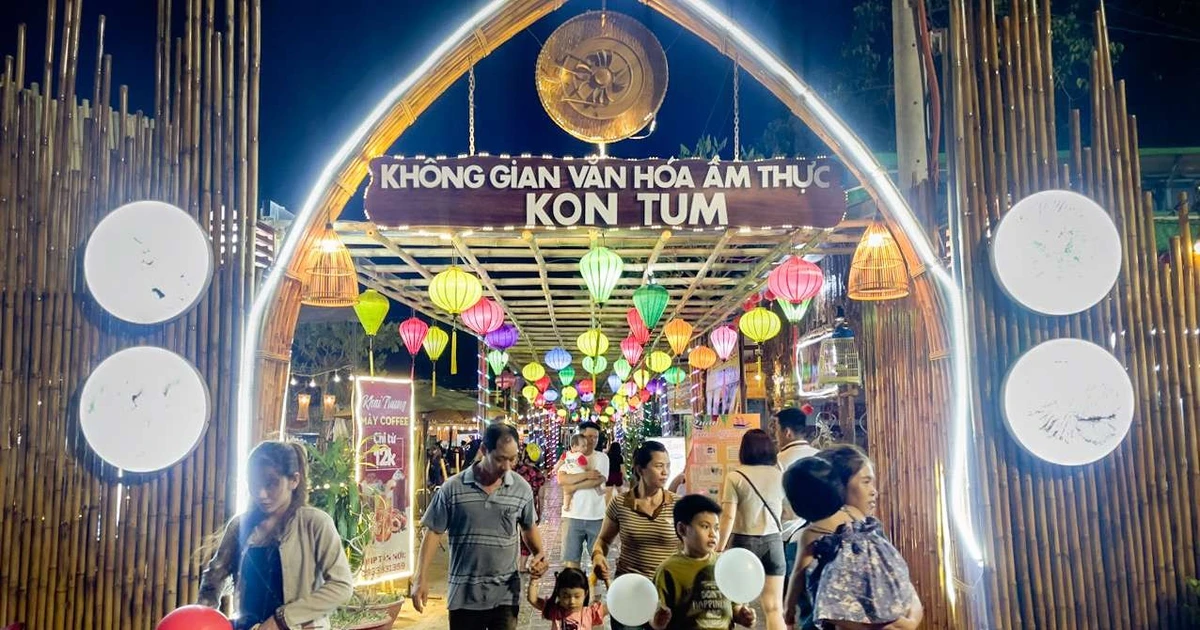














Comment (0)